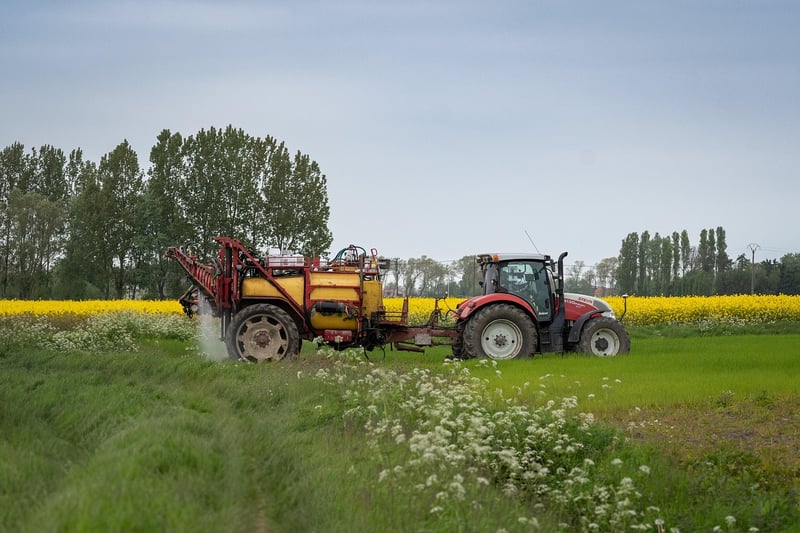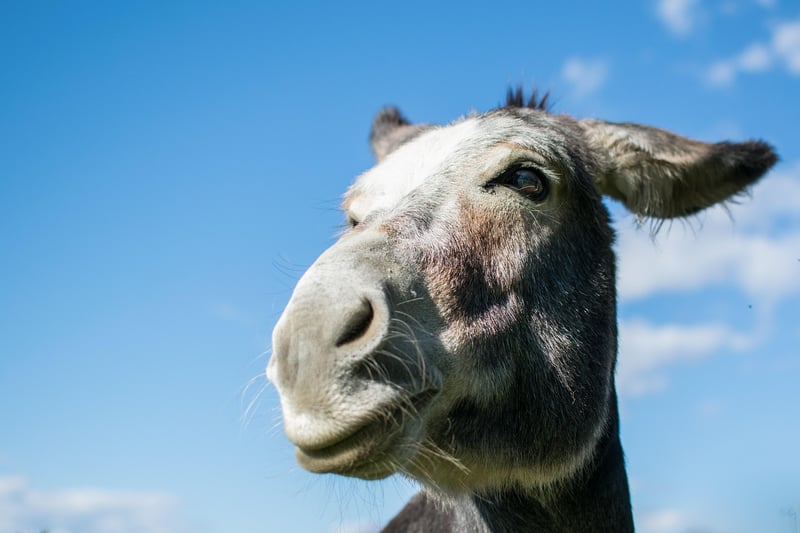Vertical Farming
The Future of Sustainable Agriculture: Plant Your Own Food with Vertical Farming

In recent years, the concept of vertical farming has gained popularity as a sustainable solution to food production in urban areas. This innovative approach allows individuals to grow their own food in limited spaces, making it accessible to city dwellers and reducing the environmental impact of traditional agriculture.
What is Vertical Farming?
Vertical farming is the practice of cultivating plants in vertically stacked layers or inclined surfaces, often in controlled environments like skyscrapers or shipping containers. By utilizing techniques such as hydroponics or aeroponics, vertical farms can efficiently produce a variety of crops without the need for large plots of land or extensive water usage.
Benefits of Vertical Farming
- Maximizes land use in urban areas
- Reduces transportation costs and carbon footprint
- Conserves water through efficient irrigation systems
- Provides fresh, locally grown produce year-round
- Minimizes pesticide use and crop spoilage
How to Start Your Own Vertical Farm
- Choose a suitable location with access to natural light or artificial grow lights.
- Select the crops you want to grow based on space and environmental conditions.
- Set up vertical growing structures such as shelves, racks, or towers.
- Implement a hydroponic or aeroponic system for efficient nutrient delivery.
- Maintain proper temperature, humidity, and ventilation for optimal plant growth.
- Harvest your fresh produce and enjoy homegrown food year-round!
Join the Vertical Farming Movement
Whether you're a seasoned gardener or a novice plant enthusiast, vertical farming offers a sustainable and rewarding way to plant your own food. By embracing this innovative approach to agriculture, you can contribute to a greener future and enjoy the fruits of your labor right at home.
Get started on your vertical farming journey today and reap the benefits of growing your own food in an eco-friendly and space-efficient manner!
For more information on vertical farming and sustainable agriculture, visit VerticalFarming.com.
